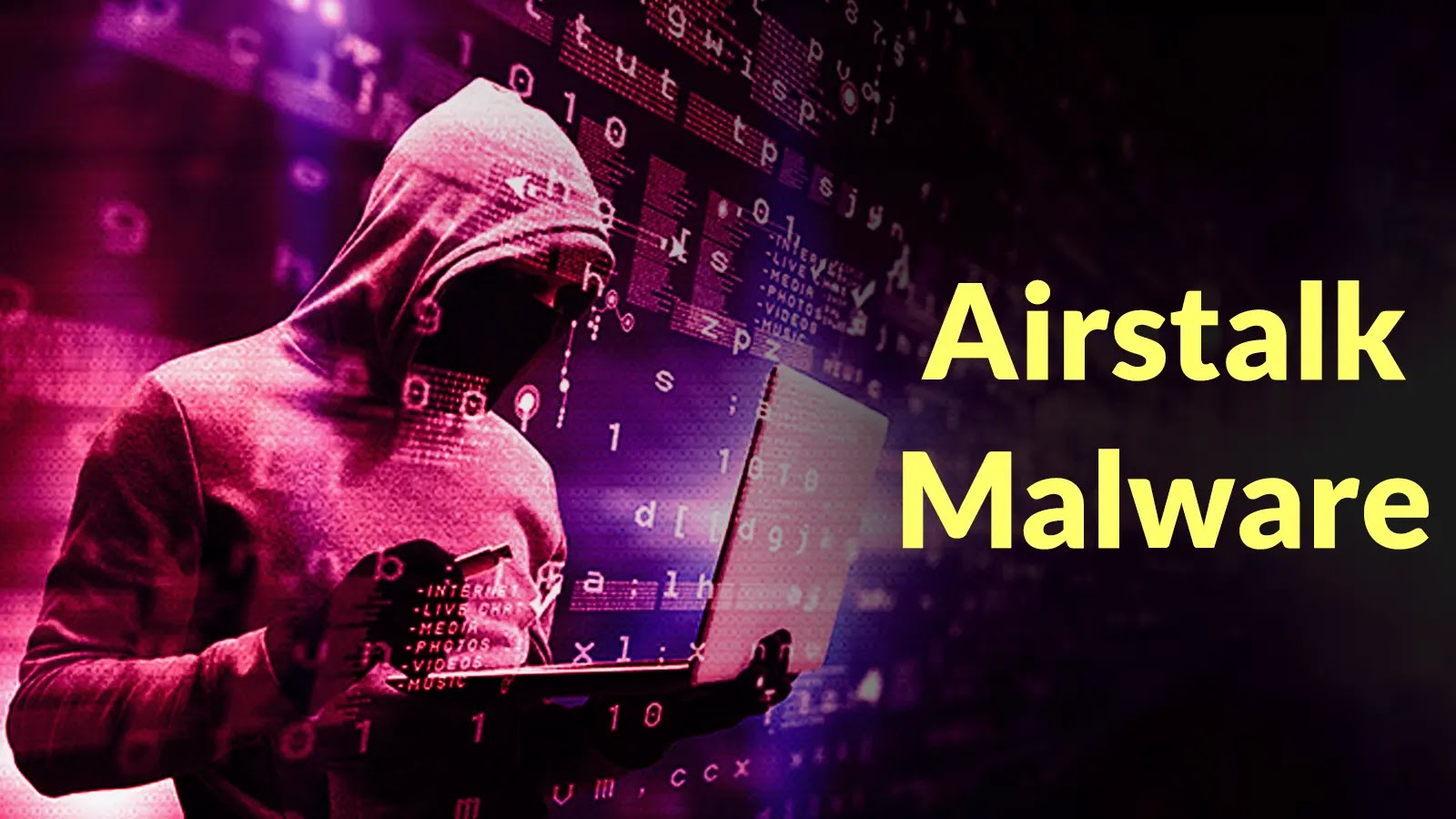In a recent cybersecurity development, the North Korean state-sponsored hacking group known as Kimsuky has been identified leveraging the BlueKeep vulnerability (CVE-2019-0708) in Microsoft’s Remote Desktop Services to infiltrate systems in South Korea and Japan. This campaign, dubbed Larva-24005 by the AhnLab Security Intelligence Center (ASEC), underscores the persistent threat posed by unpatched systems.
Understanding BlueKeep (CVE-2019-0708):
BlueKeep is a critical security flaw discovered in May 2019 within Microsoft’s Remote Desktop Protocol (RDP). This vulnerability allows unauthenticated attackers to execute arbitrary code on target systems by sending specially crafted requests to the Remote Desktop Service. The severity of BlueKeep lies in its wormable nature, meaning it can propagate across vulnerable systems without user interaction, potentially leading to widespread disruption. Microsoft addressed this flaw with a security patch released in May 2019.
Kimsuky’s Exploitation Tactics:
ASEC’s analysis reveals that Kimsuky has been exploiting BlueKeep to gain initial access to target systems. While evidence of an RDP vulnerability scanner was found on compromised machines, its actual use remains unconfirmed. This suggests that Kimsuky may be employing multiple vectors to exploit the vulnerability.
In addition to exploiting BlueKeep, Kimsuky utilizes phishing emails containing malicious attachments that exploit another known vulnerability, CVE-2017-11882, associated with Microsoft’s Equation Editor. This multifaceted approach increases the likelihood of successful infiltration.
Post-Exploitation Activities:
Upon gaining access, Kimsuky deploys a series of tools to maintain control and exfiltrate data:
– MySpy Malware: This tool collects comprehensive system information, providing attackers with insights into the compromised environment.
– RDPWrap Tool: By installing a modified version of the open-source RDP Wrapper, Kimsuky enables persistent RDP access, allowing them to bypass security measures and maintain a foothold on the system.
– Keyloggers: Tools like KimaLogger and RandomQuery are deployed to capture keystrokes, facilitating the theft of sensitive information such as credentials and confidential communications.
Targeted Regions and Sectors:
The Larva-24005 campaign has primarily targeted organizations in South Korea and Japan, focusing on the software, energy, and financial sectors. Since October 2023, these industries have been under persistent attack, highlighting the strategic interest of Kimsuky in these regions.
Beyond South Korea and Japan, Kimsuky has extended its operations to other countries, including the United States, China, Germany, Singapore, South Africa, the Netherlands, Mexico, Vietnam, Belgium, the United Kingdom, Canada, Thailand, and Poland. This global reach underscores the group’s extensive capabilities and the widespread risk posed by their activities.
Mitigation and Defense Strategies:
To protect against such sophisticated attacks, organizations should implement the following measures:
1. Patch Management: Ensure all systems are updated with the latest security patches, particularly those addressing vulnerabilities like BlueKeep.
2. Network Segmentation: Limit RDP access to trusted networks and consider disabling RDP on systems where it is not essential.
3. Email Security: Deploy advanced email filtering solutions to detect and block phishing attempts that may exploit known vulnerabilities.
4. User Training: Educate employees on recognizing phishing emails and the importance of not opening suspicious attachments.
5. Intrusion Detection Systems (IDS): Implement IDS to monitor network traffic for signs of exploitation attempts and unauthorized access.
6. Endpoint Protection: Utilize comprehensive endpoint security solutions capable of detecting and mitigating malware and unauthorized remote access tools.
Conclusion:
The exploitation of the BlueKeep vulnerability by Kimsuky serves as a stark reminder of the critical importance of timely patching and robust cybersecurity practices. Organizations must remain vigilant, continuously updating their defenses to counteract evolving threats. By adopting a proactive security posture, entities can mitigate the risks associated with such sophisticated cyber-attacks and protect their sensitive information from malicious actors.



